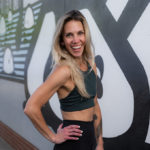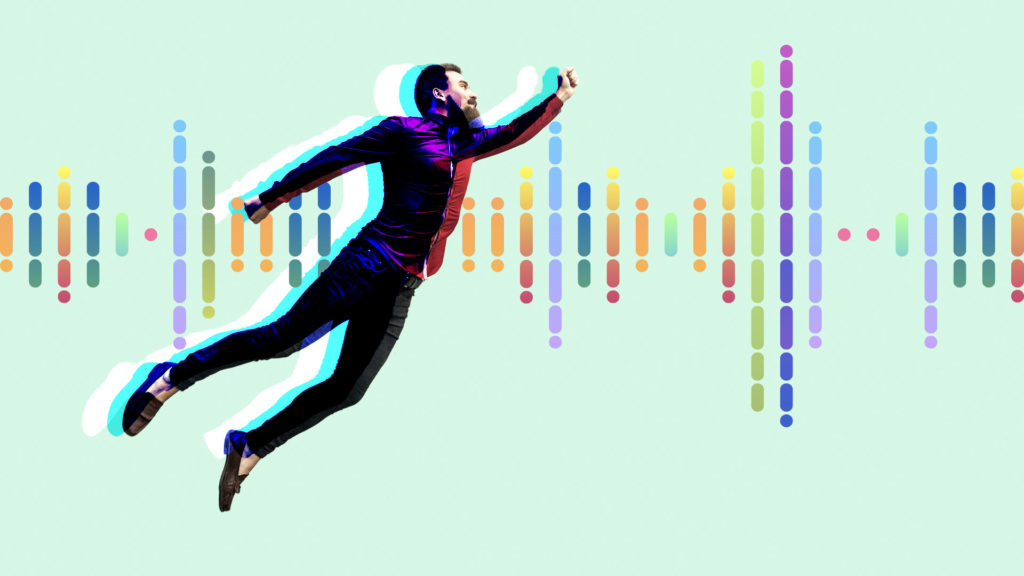
How to Motivate Yourself to Start a New Workout Routine

Lacking the motivation to workout is an all-too common issue among people, but most especially seniors. The common barriers to get moving are amplified with additional factors as we age, such as injury and illness, memory loss, and decreased mobility or range of motion. But you can learn how to motivate yourself to start a new workout routine by focusing on three key factors in order to gain strength, endurance, and quality of movement, thus quality of life.
Find What You Need
Ease Into It
The first and most important component is to ease into it. Often when people get excited about a new activity, they go from zero to sixty too fast. We revert to what we were physically capable of in the past and forget that our abilities may be different from years past. Over a period of inactivity, we experience muscle loss or atrophy. Age related muscle loss, or sarcopenia, is common among older adults.
Sarcopenia has been defined as an age related, involuntary loss of skeletal muscle mass and strength. Beginning as early as the 4th decade of life, evidence suggests that skeletal muscle mass and skeletal muscle strength decline in a linear fashion, with up to 50% of mass being lost by the 8th decade of life.*
Don’t be discouraged or let that prevent you from exercise, however, because exercise is the remedy. That’s why you should set your routine with realistic manageable steps. Going from too little to too much too fast, will quickly cause injury. It’s necessary to build specific tolerances.
Begin With A Proper Warm-Up
The second key factor is to begin with a warm-up that not only increases body temperature, but also relieves tightness and increases range of motion. This means a combination of stretching and light cardio. When the body is still it may be cold and physically restricted. If it attempts to perform moderate to intense exercise with full range of motion, cold or shortened muscles, ligaments, and tendons are more likely to overstretch.
To wake-up and activate all the muscle groups, begin with mobility. Work your body from the top down. Here is a routine you can follow:
- Head rolls will release the neck.
- Roll your shoulders forward and back, using large, exaggerated movements.
- Next, bringing your chin to chest, begin to roll down the spine to a forward fold.
- Place your hands on the ground and walk out into a plank (or a modified plank on the knees).
- Work into “downward-facing dog.” This releases the posterior chain of the body.
- Come back to a plank and lower down like a pushup keeping the core tight and hips in line with shoulders.
- Placing the forearms down, lift up the chest keeping the shoulder blades pushing down the spine. This releases and activates the hip flexors.
- Lower down and come onto all-fours to “cat and cow” stretch.
- Walk the hands back and roll-up to standing.
- Finish by stepping the feet out wider than hip distance, and squat. Rock the body right and left to release the ankle joints.
Note: You may want to have a chair handy or something to hold onto for balance or to assist you getting down and up from the ground.
For a free 10-minute mobility video tutorial click on the link here.
Physically warming up the body should be more than just getting it moving. Mobility practices are key to also increasing your range of motion, as well as activating the different muscles that may not be firing – making other muscles inaccurately do the work for the ones that aren’t. This can lead to poor form, or smaller muscles taking the load that the larger muscles normally would. Mobility goes beyond simple stretching, which is focused on increasing flexibility. Oxford dictionary defines mobility and flexibility as follows:
mo·bil·i·ty : the ability to move or be moved freely and easily.
flex·i·bil·i·ty: the quality of bending easily without breaking.
Make a Plan
The human body isn’t built to handle just one form of exercise all the time. That results in overworking certain muscles, and underworking others. This leads to an imbalance of the opposing muscle groups, compensations in movement patterns, and potentially injury.
The perfect combination of cardio/strength/stretch will keep you mobile and shift your quality of life.
So, the next question may be, what is the appropriate schedule and frequency and how do I build up to more. This will depend on your current level of fitness and types of activities you are doing. Starting from the point of sedentary will obviously begin with less frequency/duration and intensity, compared to a person who works out lightly or infrequently.
For sedentary people, beginning with 20 minutes of light to moderate exercise three to five times per week is a great place to start. “Listen to your body” during and after exercise. There are many factors to consider, and it’s important to be your best advocate.
After a few weeks, assess how you feel and if there is no additional pain or unusual discomfort, increase by a small amount for a few more weeks. There are three different factors you can increase: intensity, frequency, and duration. Pick an area to level-up. It is the difference in working out more intensely, more often or for a longer period of time.
The most important thing to remember is that something is better than nothing. Even if challenging, or somewhat uncomfortable, physical activity will lengthen your life, and increase the quality of it. You’ll have better endurance to keep up with the kids/grandkids, and doing the activities you like shopping, hikes, golfing or whatever adds to your day.
And your quality of movement and strength will create physical ease in your everyday activities, too. Things like getting the groceries out of the car and into the house or picking up your pet become easier. That may be the best motivation of all!
Content on this site is for reference and information purposes only. Do not rely solely on this content, as it is not a substitute for advice from a licensed healthcare professional. Aging.com assumes no liability for inaccuracies. Always read labels and directions before using a product or prescription.


